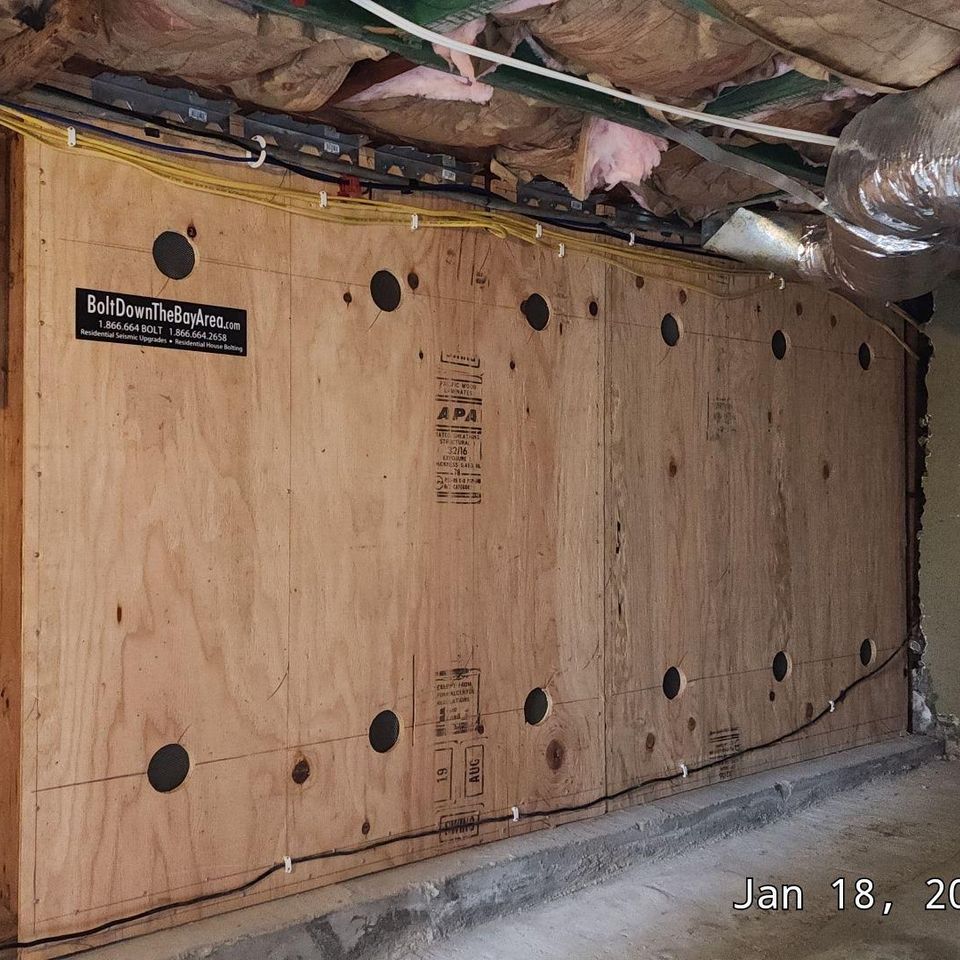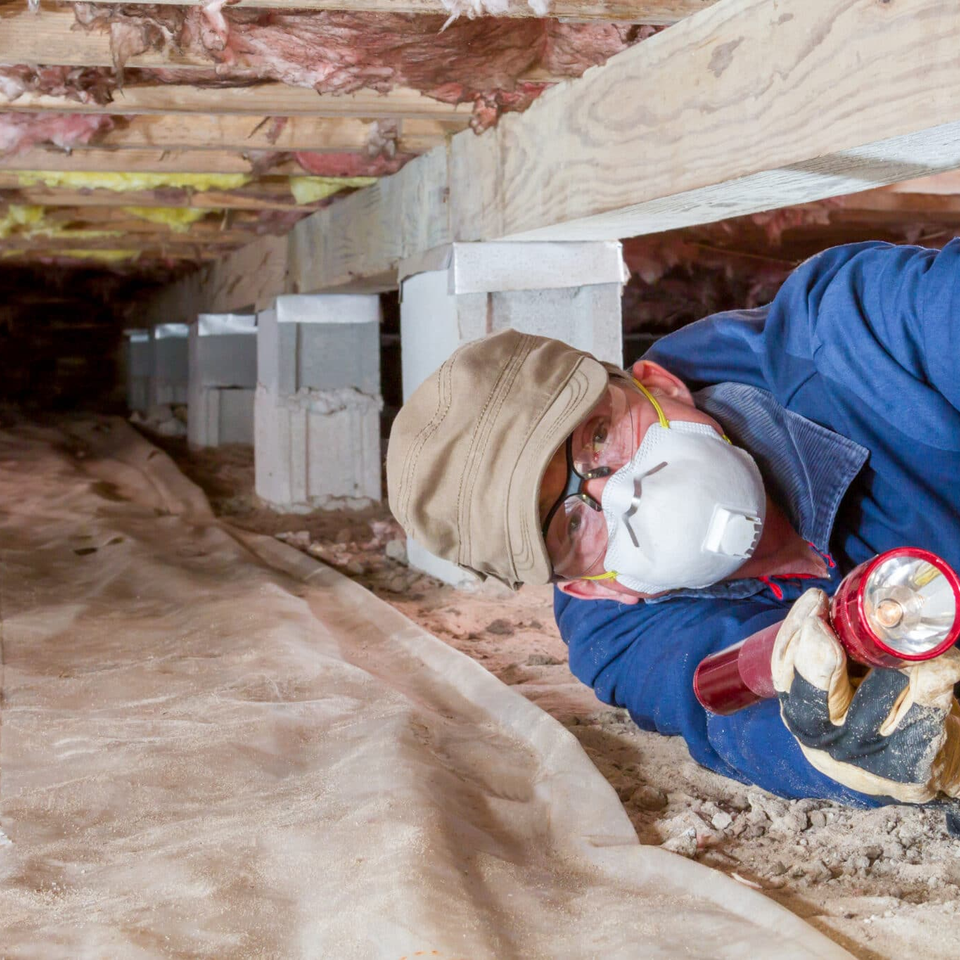History Of Earthquakes
11 Facts About Earthquakes | Advances In Earthquakes Forecasting | Be Prepared | History of Earthquakes | The Earthquake Traffic Light
132 — The first seismic measuring device is invented in China.
1566 — An earthquake in Shaanxi, China, kills 830,000 people.
1811 to 1812 — A series of three major earthquakes and numerous aftershocks near New Madrid, Missouri, are felt as far away as Boston and Denver.
1883 — In the Indonesian islands, the Krakatoa volcano explodes. Its lengthy effects include ash clouds that cover the globe and a massive tsunami.
1906 — About 700 people were killed in San Francisco, California, when an earthquake was followed by about 30 fires that raged for three days.
1933 — In Japan, the Sanriku earthquake and tsunami occur in a location that saw damaging quakes in 1896.
1935 — Charles Richter develops the Richter scale, which rates earthquakes based on the size of their seismic waves.
1960 — At magnitude 9.5, the 1960 Valdivia earthquake in Chile is the most powerful quake ever recorded.
1964 — The Alaska earthquake, at magnitude 9.2, is the second-most powerful to date. The tsunami it generated caused damage as far away as Hawaii.
1965 — Plate tectonics is recognized as the theory that unifies current knowledge of earthquake science.
1977 — The National Earthquake Hazard Reduction Program is established by the U.S. Congress to reduce future risks to life and property from earthquakes.
1986 — The Global Seismographic Network was established to measure quakes and combine data using modern technology.
1989 — The Northridge quake in California causes billion in losses.
1994 — For earthquakes over magnitude 3.5, the moment magnitude scale (MMS), developed in the 1970s, replaces the Richter scale. MMS rates earthquakes based on the total amount of energy released.
2004 — A magnitude 9.1 earthquake off the coast of Sumatra created a massive tsunami, now known as the Indian Ocean tsunami, that caused damage in 14 countries. A global effort accelerates the development of a tsunami early warning system.
2011 — A magnitude 9.0 earthquake hits off the northeast coast of Japan’s Honshu island, generating a massive tsunami.
2012 — The city of Sendai, Japan, is recognized as a model for urban resilience for its recovery from the earthquake of 2011.
2018 — Indonesia is hit with nine significant earthquakes, six measuring magnitude 6.0 or greater. Aftershocks rumble in Central Sulawesi months later, with a magnitude 5 quake on November 3. More than 2 million people are affected by the quakes and aftershocks. On the evening of December 22, more than 400 people are reported dead after a tsunami strikes western Java and southern Sumatra islands.
1566 — An earthquake in Shaanxi, China, kills 830,000 people.
1811 to 1812 — A series of three major earthquakes and numerous aftershocks near New Madrid, Missouri, are felt as far away as Boston and Denver.
1883 — In the Indonesian islands, the Krakatoa volcano explodes. Its lengthy effects include ash clouds that cover the globe and a massive tsunami.
1906 — About 700 people were killed in San Francisco, California, when an earthquake was followed by about 30 fires that raged for three days.
1933 — In Japan, the Sanriku earthquake and tsunami occur in a location that saw damaging quakes in 1896.
1935 — Charles Richter develops the Richter scale, which rates earthquakes based on the size of their seismic waves.
1960 — At magnitude 9.5, the 1960 Valdivia earthquake in Chile is the most powerful quake ever recorded.
1964 — The Alaska earthquake, at magnitude 9.2, is the second-most powerful to date. The tsunami it generated caused damage as far away as Hawaii.
1965 — Plate tectonics is recognized as the theory that unifies current knowledge of earthquake science.
1977 — The National Earthquake Hazard Reduction Program is established by the U.S. Congress to reduce future risks to life and property from earthquakes.
1986 — The Global Seismographic Network was established to measure quakes and combine data using modern technology.
1989 — The Northridge quake in California causes billion in losses.
1994 — For earthquakes over magnitude 3.5, the moment magnitude scale (MMS), developed in the 1970s, replaces the Richter scale. MMS rates earthquakes based on the total amount of energy released.
2004 — A magnitude 9.1 earthquake off the coast of Sumatra created a massive tsunami, now known as the Indian Ocean tsunami, that caused damage in 14 countries. A global effort accelerates the development of a tsunami early warning system.
2011 — A magnitude 9.0 earthquake hits off the northeast coast of Japan’s Honshu island, generating a massive tsunami.
2012 — The city of Sendai, Japan, is recognized as a model for urban resilience for its recovery from the earthquake of 2011.
2018 — Indonesia is hit with nine significant earthquakes, six measuring magnitude 6.0 or greater. Aftershocks rumble in Central Sulawesi months later, with a magnitude 5 quake on November 3. More than 2 million people are affected by the quakes and aftershocks. On the evening of December 22, more than 400 people are reported dead after a tsunami strikes western Java and southern Sumatra islands.
Our Referral Program
Sign up for our $100.00 referral program and help bolt down the bay area, build resilient communities.





